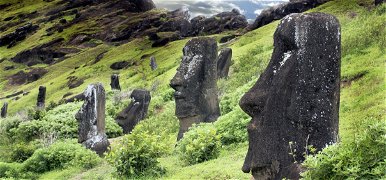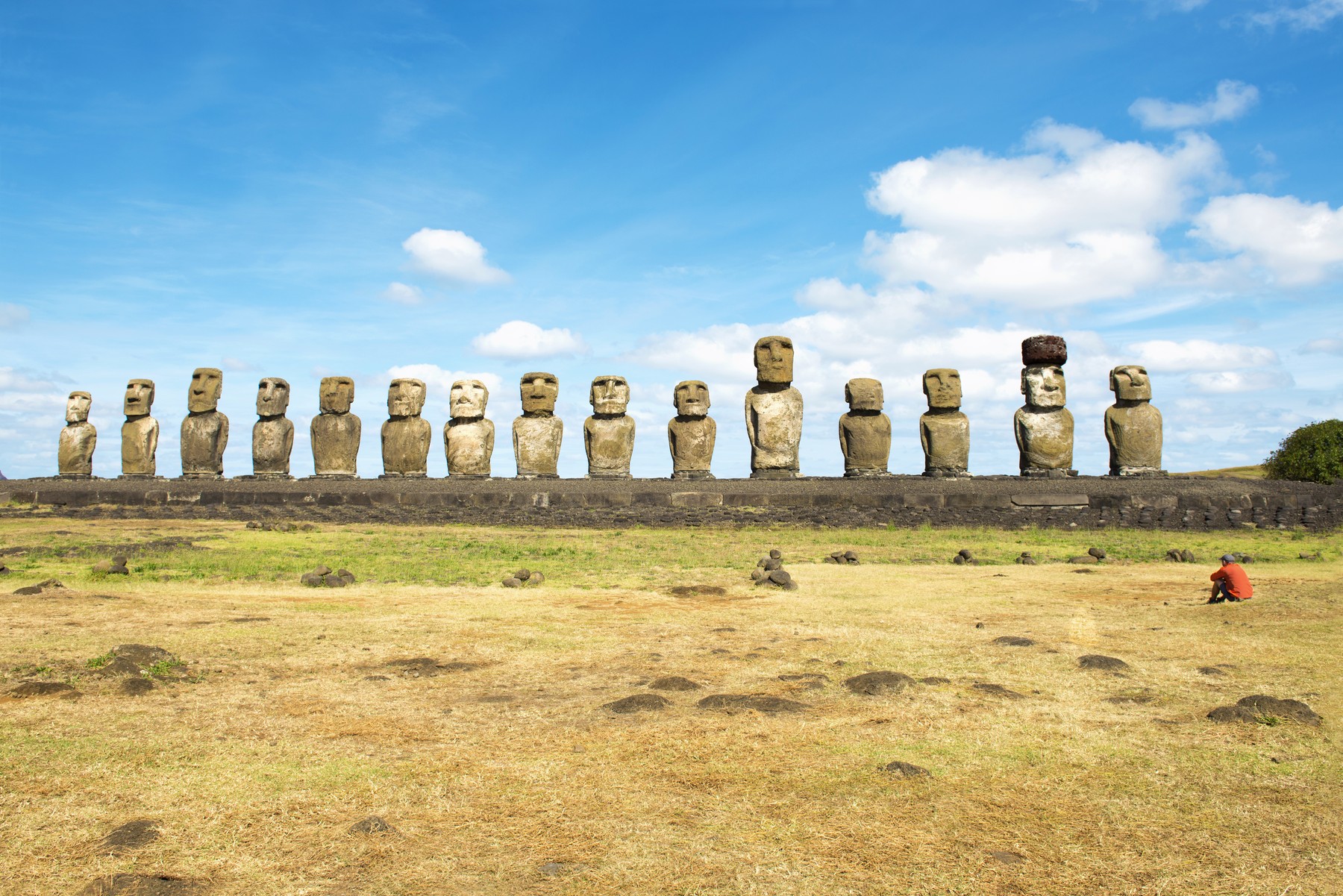Easter Island (Rapa Nui) in the Pacific Ocean is of volcanic origin and is primarily known for its giant stone statues, the moai. The multi-ton sculptures represent a puzzle for archaeologists and historians: how were they transported and installed by the ancient Rapa Nui peoples?

SHOCKING SECRET: What lies beneath the giant stone heads of the Easter Islands has been revealed – the view is absolutely stunning
Read more…
Read more…
Formal theory:
Archaeologists believe that the moai were carved from volcanic rock by the islanders and then transported to their places using tools made of wood and stone. It is likely that a system of ropes and levers was used to erect the statues.
Alternative theories:
Some believe that the moai was not made on the island, but rather from somewhere else, perhaps from a sunken continent. Others say that the statues move on their own and can teleport.
Conspiracy theories:
There are also many conspiracy theories surrounding the moai. Some believe they were created by aliens, while others believe they were carved by the inhabitants of the lost city of Atlantis.
Real facts:
- The moai were carved between the 13th and 16th centuries.
- The tallest moai is 10 meters high and weighs 82 tons.
- Some sculptures were left unfinished.
- There are about 900 moai on the island.
The puzzle remains:
The exact method of transporting and installing moai remains puzzle. Archaeologists continue to explore the island and discover new artifacts that may help solve the mystery.
Easter Island remains a fascinating destination and the Moai remain one of the world's greatest mysteries.












































